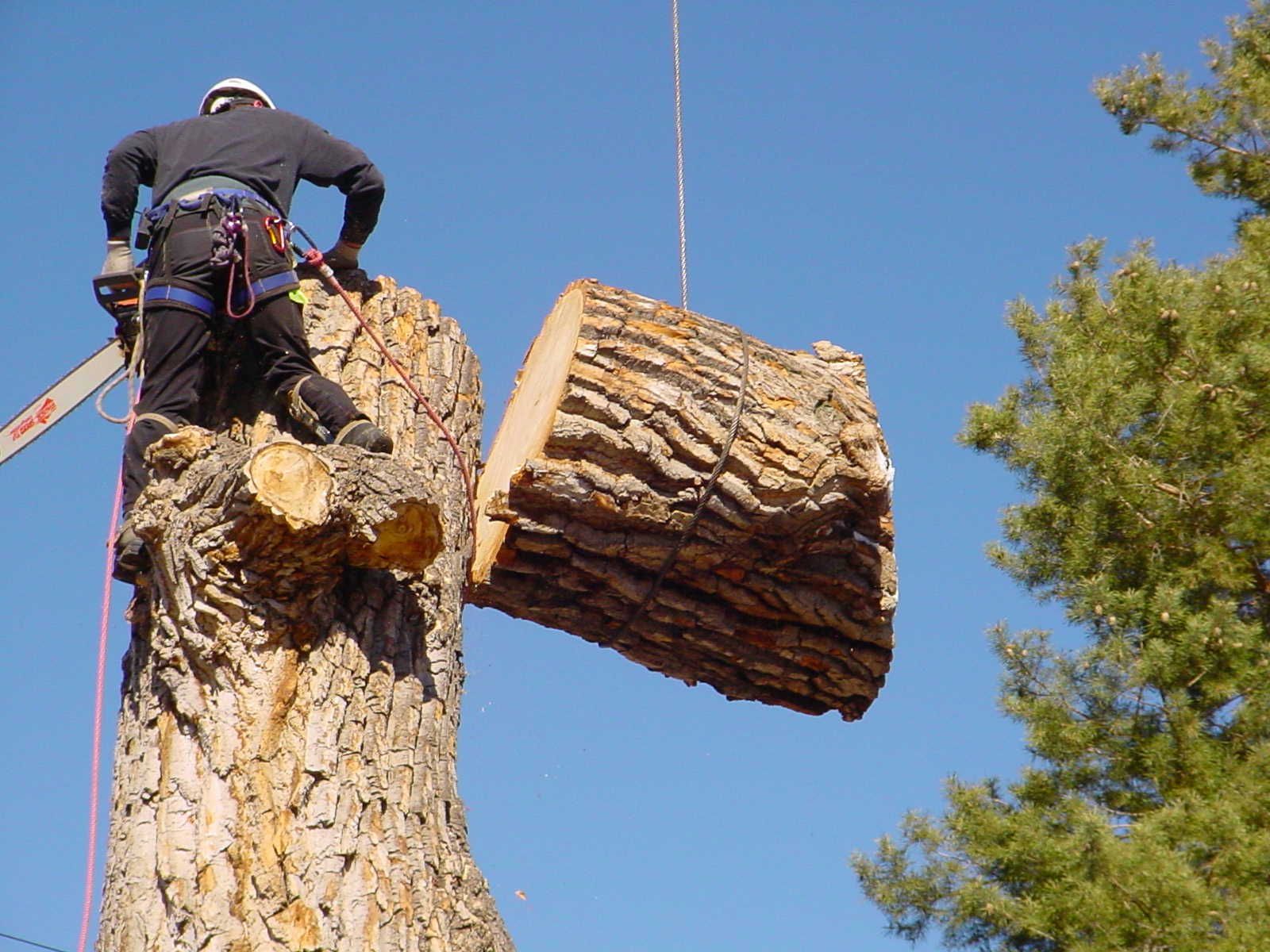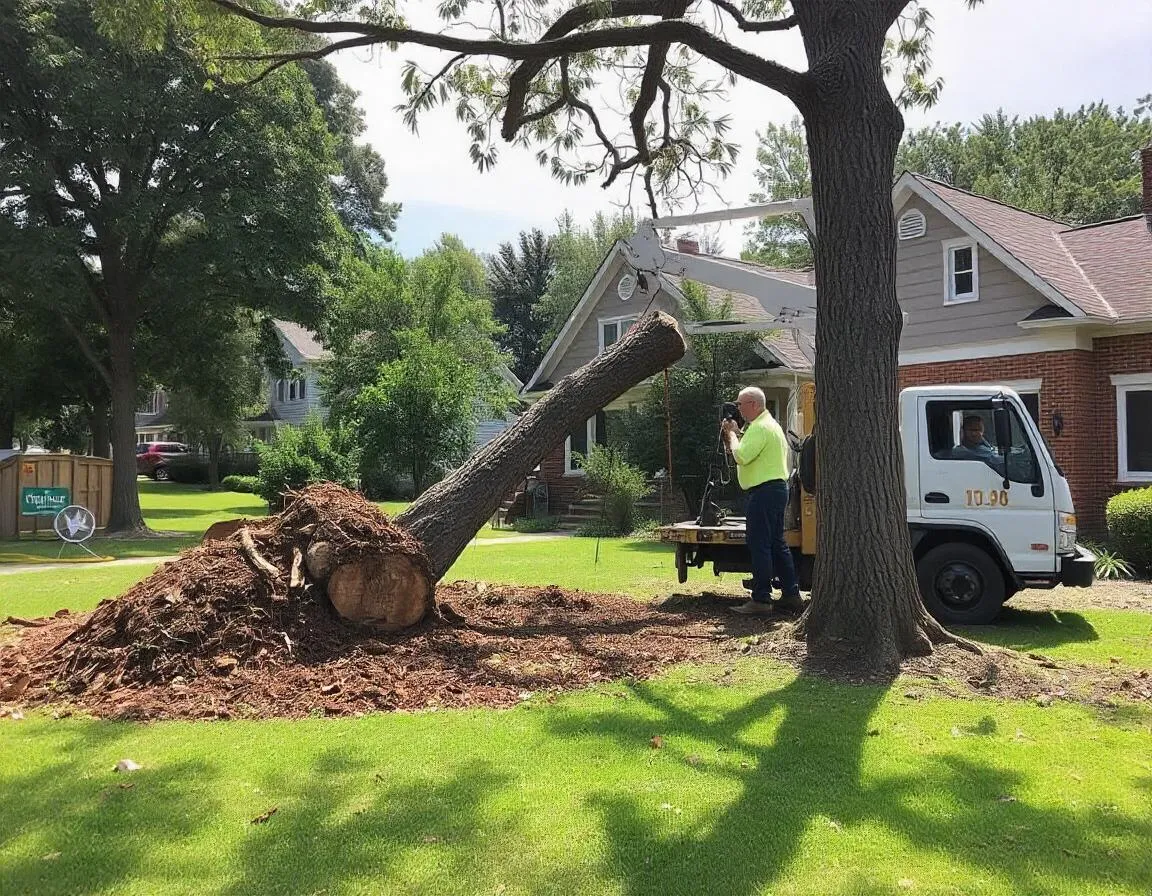Featured
Table of Contents
- – Dayton, KY Tree Removal Budget Plans
- – Dayton, KY Tree Service Cost Estimate For Home...
- – Reviewing Dayton, KY Tree Trimming: Which One...
- – Residential Tree Cutting Costs In Dayton, KY
- – Dayton, KY Stump Grinding Reviews: Are They W...
- – Dayton, KY Tree Removal Pricing Insights
- – Most Competitive Tree Removal Prices In Dayto...
- – Dayton, KY Tree Cutting Case Studies: Costs
- – Dayton, KY Arborist: What Affects The Price
- – Dayton, KY Tree Trimming: Cost Range
- – Dayton, KY Tree Removal Loyalty Programs
- – Dayton, KY Tree Clearing Budget Plans
- – Senior Discounts On Stump Removal In Dayton,...
- – Dayton, KY Tree Service Exchange Programs: C...
- – New Customer Tree Trimming Discounts In Dayt...

The subsections below offer more detailed details about prices, consisting of an average range for each. TypeAverage Elimination CostPineConiferPalmMagnoliaArborvitaeAshCedarSweet GumEucalyptusSycamoreCypressOakMaplePoplar You can expect to pay in between to get rid of a pine, depending on its size. Removing a pine is among the more economical tasks unless it is one that has been around for many years and is quite big.
Dayton, KY Tree Removal Budget Plans
Pines also have a tap root that grows deep into the soil, which can prove to be more difficult to get rid of. The procedure itself includes an expert cutting the tree, clearing the base, cutting the surface area roots, eliminating the stump, and finally dealing with the soil. Without a professional hand, you risk leaving pine seedlings behind, which will fall from the roots of distressed pines.
Dayton, KY Tree Service Cost Estimate For Homeowners
The U.S. national average for conifer elimination is around to have the conifer lowered, hauled away, and the stump ground or eliminated totally. Conifers are usually simpler to eliminate, and despite the fact that they can grow rather high, they do not cost a fortune to get rid of. Conifers consist of pine, spruce, fir, and juniper trees.
Reviewing Dayton, KY Tree Trimming: Which One Is Right
While conifers are beautiful, they eliminate native plants and specific types of turf. This is because they need a lot of water and nutrients to survive, so they leach it off surrounding plants. They likewise have an extensive network of roots, which can impact your home's foundation. The average price of palm elimination depends on the height as much as the type, ranging from.
Residential Tree Cutting Costs In Dayton, KY
That is why it is very important to know which type you are removing. While you do not require an herbicide to kill a palm tree, there are some steps your elimination expert will need to require to guarantee the job is done correctly. There are two ways they can get rid of them: by chopping them down or digging them up.
Dayton, KY Stump Grinding Reviews: Are They Worth It?
This is since little animals like rats and scorpions frequently reside in them. Plus, many types will have spikes, too. From there, they get rid of the real tree and after that the stump. Anticipate to pay between to eliminate this type of tree, depending on the specific size and information of the job.
Dayton, KY Tree Removal Pricing Insights
There are 3 types: green, white, and black ash. White ash is known for its many colors. With its gray-tinged bark, its leaves are green or purple in the spring and golden yellow or purplish-red in the fall. They take pleasure in moderate climates and lots of sun. The green ash is called such due to its green or yellow foliage.
Most Competitive Tree Removal Prices In Dayton, KY

Due to the variation in height, the removal cost variance is broad from. A coniferous, evergreen tree, the cedar is a durable types.
Dayton, KY Tree Cutting Case Studies: Costs
The development of incorrect cedars differs from 50 feet up to 230 feet high. With star-shaped leaves and stunning fall colors, the sweet gum is considered a medium to large tree.
Dayton, KY Arborist: What Affects The Price
Typically, it costs between to remove a eucalyptus. Eucalyptus are not common all over, however they are quite large compared to others, which is why even the smaller sized ones are so expensive to get rid of.
Dayton, KY Tree Trimming: Cost Range
There are a handful of ways to do this, consisting of burning, pulling, grinding, or killing them with herbicide. Expect to pay in between to eliminate sycamores, based upon the height, trunk size, and quantity of work involved. Sycamores are among the biggest hardwood trees, generally ranging from 60 to 100 feet tall and as large as 15 feet.
Dayton, KY Tree Removal Loyalty Programs
The first 2 actions will expose the within the tree and cut off the circulation of nutrients up the trunk. From there, a professional uses herbicide to kill the tree and lower the trunk. Then, they will eliminate the stump. Otherwise, new sprouts might grow from it. Lowering and eliminating a full-grown cypress might cost as much as.
Dayton, KY Tree Clearing Budget Plans
There are numerous various types of Cypress trees, however the most widespread are the Leyland, Arizona, Bald, and Italian. The Bald Cypress grows in swampy or really moist areas while the others take pleasure in a dry, warm, or hot environment (arborist). They can grow as tall as 80 to 100 feet high
Senior Discounts On Stump Removal In Dayton, KY

Prone to illness, the Cypress is one of the most prized woods for furniture. The average oak grows to around 60 feet, and depending on the intricacy of the elimination, it costs approximately to get rid of. The precise size of your oak and the effort needed to fell it impact what you will in fact pay for removal in addition to any extra services like stump grinding.
Dayton, KY Tree Service Exchange Programs: Costs
Access to the trees and the roots will also impact the general expense. Maples are generally among the more expensive trees to remove due to the fact that of their size and the work involved in the elimination.
New Customer Tree Trimming Discounts In Dayton, KY
Poplars are giants of the types. Growing as high as 90 to 115 feet, these massive woods are mainly found in The United States and Canada and include the aspen, cottonwood, and balsam trees. Boasting an extensive root system, poplars can be pricey to remove when completely grown. The process to remove trees involves all the trimming and cutting of the branches and trunk, bringing it down to a stump.
Table of Contents
- – Dayton, KY Tree Removal Budget Plans
- – Dayton, KY Tree Service Cost Estimate For Home...
- – Reviewing Dayton, KY Tree Trimming: Which One...
- – Residential Tree Cutting Costs In Dayton, KY
- – Dayton, KY Stump Grinding Reviews: Are They W...
- – Dayton, KY Tree Removal Pricing Insights
- – Most Competitive Tree Removal Prices In Dayto...
- – Dayton, KY Tree Cutting Case Studies: Costs
- – Dayton, KY Arborist: What Affects The Price
- – Dayton, KY Tree Trimming: Cost Range
- – Dayton, KY Tree Removal Loyalty Programs
- – Dayton, KY Tree Clearing Budget Plans
- – Senior Discounts On Stump Removal In Dayton,...
- – Dayton, KY Tree Service Exchange Programs: C...
- – New Customer Tree Trimming Discounts In Dayt...
Latest Posts
Inspection Costs For Tree Removal In Luling, LA
Eco-Friendly Tree Cutting Costs In Elizabeth, NJ
How Much Should You Pay For An Tree Trimming In Dayton, KY
More
Latest Posts
Inspection Costs For Tree Removal In Luling, LA
Eco-Friendly Tree Cutting Costs In Elizabeth, NJ
How Much Should You Pay For An Tree Trimming In Dayton, KY